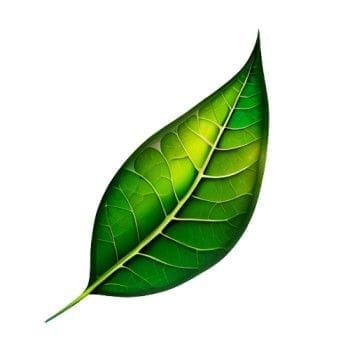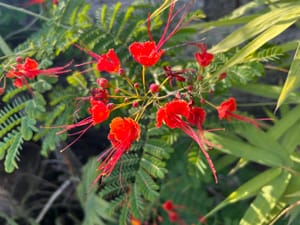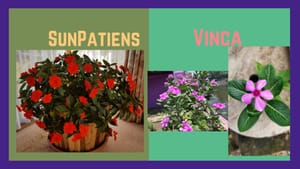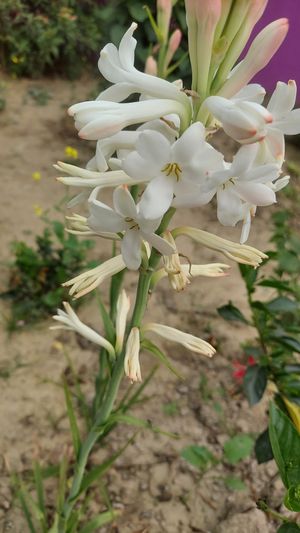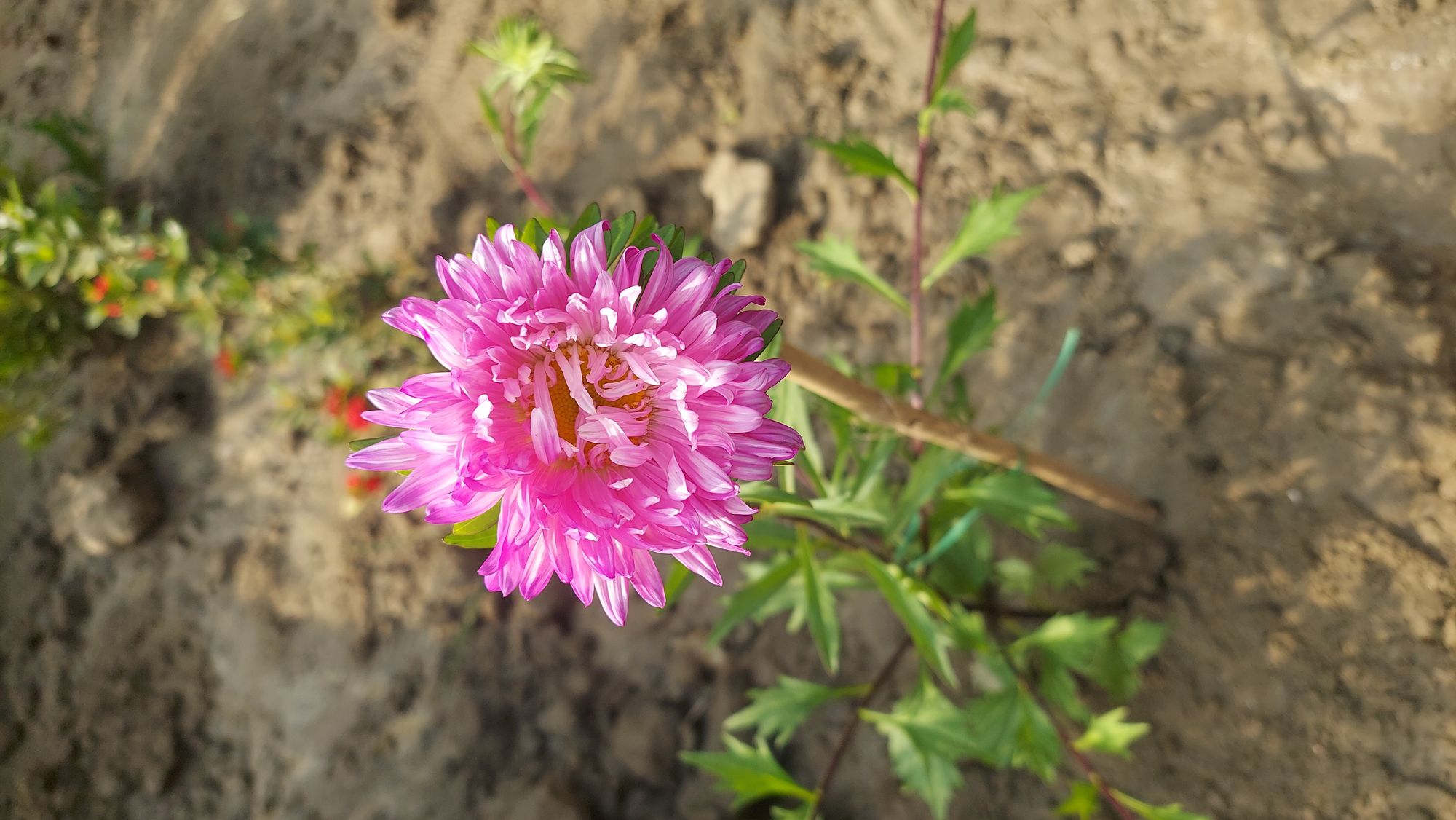
The China aster, also known as Callistephus chinensis, is a low-maintenance annual plant. I love growing this flowering plant as its blooms last for an extended period.
Flowers of the China aster come in various colors - white, pink, red, blue, violet, purple, or yellow, and they usually open up to a diameter of 3 to 5 inches, depending on the specific type.

While the classic form features a solitary ring of vivid petals encircling a yellow center, there are also semi-double varieties with multiple rows of petals surrounding a yellow core, fully double forms where the central disk isn't visible, and fluffy, pompom-like varieties that are especially sought after for floral arrangements.
The leaves are a medium shade of green, oval in shape, and edged with a hint of serration.
| Characteristic | Description |
|---|---|
| Common Name | China Aster |
| Genus Name | Callistephus |
| Type of Plant | Annual |
| Preferred Light | Sun, Part Sun |
| Growth Height | Ranges from 1 to 3 feet |
| Spread Width | Between 1 and 2 feet |
| Colors of Flowers | Varieties in Blue, Orange, Pink, Purple, Red, White, Yellow |
| Leaf Color | Predominantly Blue/Green |
| Blooming Seasons | Spring, Summer, Fall |
| Notable Features | Ideal for Cut Flowers, Suitable for Containers, Easy Maintenance |
| Method of Planting | Propagation through Seeds |
If you want to grow Callistephus chinensis in your garden, follow this article.
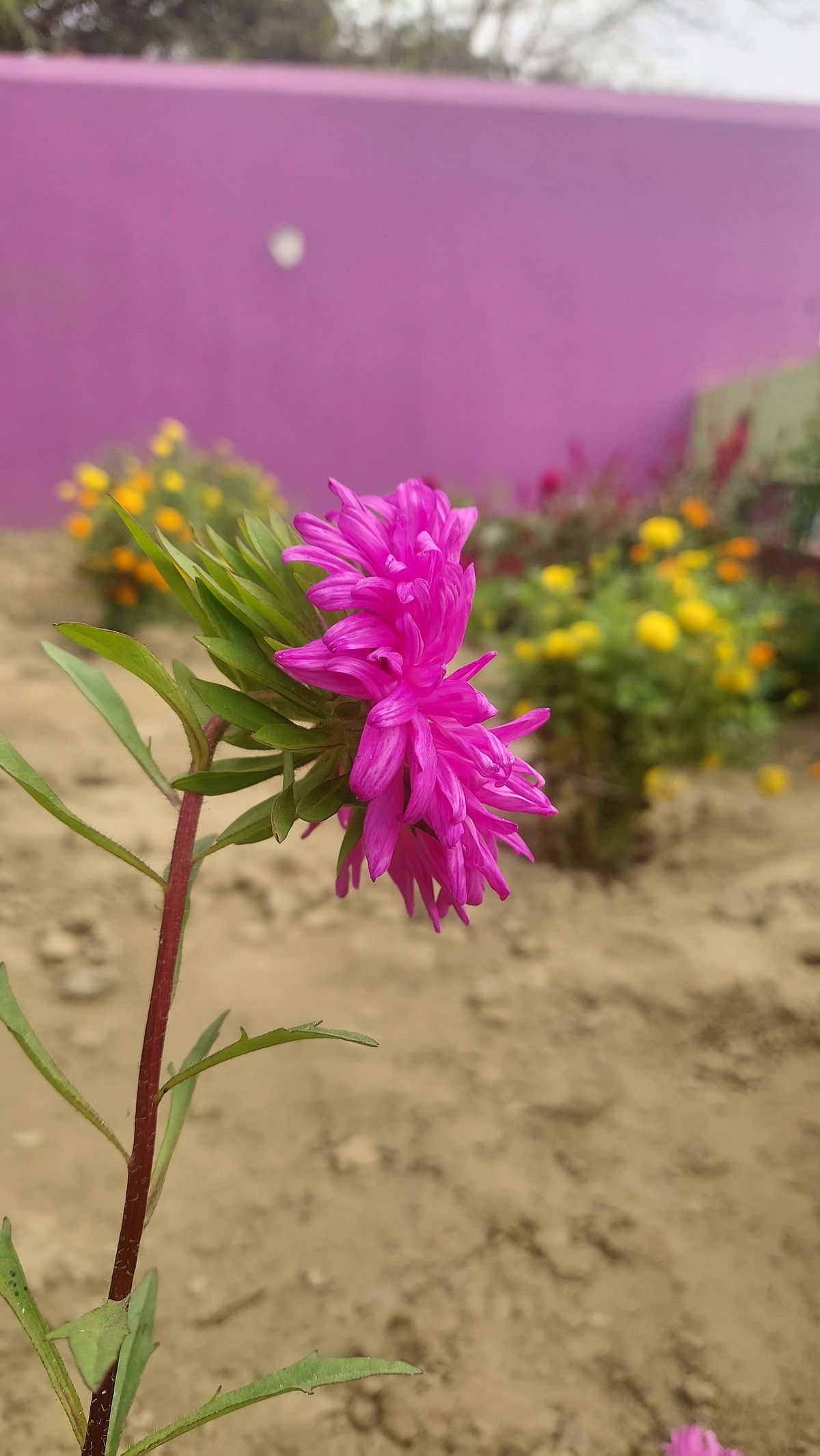
Planting China Aster (Callistephus chinensis)
- Location: Ideal for garden beds, cutting gardens, or containers.
- Soil: Best in moist, loamy, well-draining soil but adaptable to various soil conditions.
- Sunlight: Thrives in full sun to partial shade.
Planting Guide
- Seed Starting: Easily grown from seed.
- Indoor Sowing: Start seeds 6-8 weeks before the last spring frost date.
- Outdoor Sowing: Sow seeds after the last spring frost, repeating every two weeks for successive blooms.
- Seed Depth: Cover seeds lightly with 1/8 inch of soil.
- Moisture: Keep soil consistently moist.
- Germination: Seeds germinate in 10-15 days at 65-70°F.
- Spacing: Thin seedlings to 6-12 inches apart for airflow. Stakes may be needed for taller varieties.
If you visit flowering nurseries, you can find saplings of China Aster. You can bring them and plant in your garden. They will grow easily.
China Aster Care
- Light Requirements: Full sun or partial shade, with some midday shade in hot climates.
- Soil and Water: Thrives in rich, moist, well-draining soil with a pH of 5.5-7.5. Water twice a week, more in dry climates.
- Temperature and Humidity: Prefers cool-season growth; may stop blooming in high summer heat but revives in fall.
- Fertilization: Use a balanced 10-10-10 water-soluble fertilizer every two weeks during the growing season.
- Pruning: Cut back to half height in midsummer for a bushier plant and more blooms.
- Potting: Suitable for containers with well-draining soil. Ensure regular watering and adequate drainage.
Pest and Disease Management
- Common Issues: Susceptible to aphids, spider mites, aster yellows, wilt, and stem rot.
- Management: Remove diseased plants and rotate planting sites annually.
For aphids, you can follow the same guideline I mentioned for Mums.
Propagation
- Method: Best propagated by seed. Harvest seeds from spent blooms, dry, and plant 1/8 inch deep in early spring.
New Varieties
- Ongoing development of more vibrant, sturdy varieties for cut flowers and home gardens.
Types of China Aster
'Matsumoto' Series
- Description: Wilt-resistant with semidouble flowers in various colors. Grows 24-30 inches tall, ideal for cutting.
'Milady' Series
- Description: Fully double, chrysanthemum-like blooms in a wide color range. Noted for wilt resistance.
'Starlight' Mix
- Description: Features threadlike petals in jewel tones, resembling fireworks. Dwarf plants suitable for containers or front borders.
Companion Plants
Coralbells
- Attributes: Known for incredible foliage patterns and long-stemmed leaves, making great groundcover. Prefers humus-rich, moist soil.
Marguerite Daisy
- Appearance: Mounded, shrubby with blooms resembling purple coneflower. Excels in cool weather.
Fountaingrass
- Characteristics: Graceful foliage and fuzzy flower plumes in late summer. Self-seeds freely, potentially invasive.
